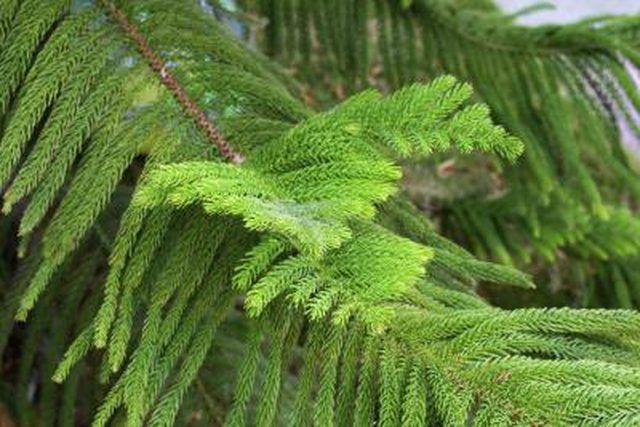Bulbs
Flower Basics
Flower Beds & Specialty Gardens
Flower Garden
Garden Furniture
Garden Gnomes
Garden Seeds
Garden Sheds
Garden Statues
Garden Tools & Supplies
Gardening Basics
Green & Organic
Groundcovers & Vines
Growing Annuals
Growing Basil
Growing Beans
Growing Berries
Growing Blueberries
Growing Cactus
Growing Corn
Growing Cotton
Growing Edibles
Growing Flowers
Growing Garlic
Growing Grapes
Growing Grass
Growing Herbs
Growing Jasmine
Growing Mint
Growing Mushrooms
Orchids
Growing Peanuts
Growing Perennials
Growing Plants
Growing Rosemary
Growing Roses
Growing Strawberries
Growing Sunflowers
Growing Thyme
Growing Tomatoes
Growing Tulips
Growing Vegetables
Herb Basics
Herb Garden
Indoor Growing
Landscaping Basics
Landscaping Patios
Landscaping Plants
Landscaping Shrubs
Landscaping Trees
Landscaping Walks & Pathways
Lawn Basics
Lawn Maintenance
Lawn Mowers
Lawn Ornaments
Lawn Planting
Lawn Tools
Outdoor Growing
Overall Landscape Planning
Pests, Weeds & Problems
Plant Basics
Rock Garden
Rose Garden
Shrubs
Soil
Specialty Gardens
Trees
Vegetable Garden
Yard Maintenance
How to Care for an Indoor Norfolk Pine Tree
How to Care for an Indoor Norfolk Pine Tree. Norfolk Island pine tree (Araucaria heterophylla), hardy in U.S. Department of Agriculture plant hardiness zones 10 and 11, enjoys popularity throughout the United States as a living indoor Christmas tree. Norfolk pine's lush green branches, pliable needles and deep rich coloration provide a verdant...

Norfolk Island pine tree (Araucaria heterophylla), hardy in U.S. Department of Agriculture plant hardiness zones 10 and 11, enjoys popularity throughout the United States as a living indoor Christmas tree. Norfolk pine's lush green branches, pliable needles and deep rich coloration provide a verdant backdrop for colorful holiday decorations. After the holiday season, the trees make elegant houseplants year-round and can live for many years. Norfolk pine grows slowly, does not drop its needles and resists pests and disease.
Things You'll Need
Fast-draining potting soil
Container with good drainage
Balanced, complete, fertilizer
Water can
Water spray mister
Pruners
Keep indoor Norfolk pine in a container with a mixture of equal parts potting soil, sand and peat moss. Good drainage is especially important, so choose a container that has several drainage holes. Use a saucer under the pot to catch excess water, and empty it after watering.
Choose a location for your Norfolk that provides bright, filtered morning sunshine. Norfolk pines do not like to be transplanted or relocated in their containers indoors, so pick a place where it can thrive. A window setting with plentiful natural light works best.
Rotate your Norfolk island pine a quarter turn every week indoors. With light coming from only one direction, the tree grows toward it. Regular turns keep it from tilting to one side and growing in an irregular form.
Water Norfolk pine when the top few inches of soil becomes dry. Water thoroughly so that water runs through the drainage holes and the entire soil area becomes moist. Allow the soil to dry before you water again. Never let Norfolks sit in standing water or roots will rot.
Regulate temperatures to protect Norfolk pines from cold drafts and temperatures below 40 degrees Fahrenheit. Norfolk pines prefer nighttime temperatures near 50 degrees and daytime temperatures between 60 and 70 degrees.
Feed Norfolk pines with a balanced, complete fertilizer during the tree's active period of summer growth. An all-purpose, water-soluble 10-10-10 fertilizer at half strength works well. Mix 1/2 tablespoon fertilizer with 1 gallon water, and water every seven to 14 days. Norfolk pine trees go through a dormant period during the cool winter months, and no fertilizer is needed.
Mist your indoor Norfolk pine tree regularly. The trees crave humidity, especially on dry, winter days. A daily misting of water daily prevents browning of the needles. Consider using a humidifier if air is especially dry.
Prune off dead or broken branches using hand pruners, cutting back to the main trunk. Norfolk pine trees rarely need pruning.
Tips & Warnings
Norfolk pine tree is a perfect choice for a potted Christmas tree to fit in a green lifestyle. Norfolk pine tree continues to grow indoors as a lovely houseplant, and can used each year for the holidays as a treasured part of your holiday traditions.
If used for holiday decor, do not leave heavy ornaments on your Norfolk for more than a few days. Use lightweight ornaments that will not pull down or damage branches.